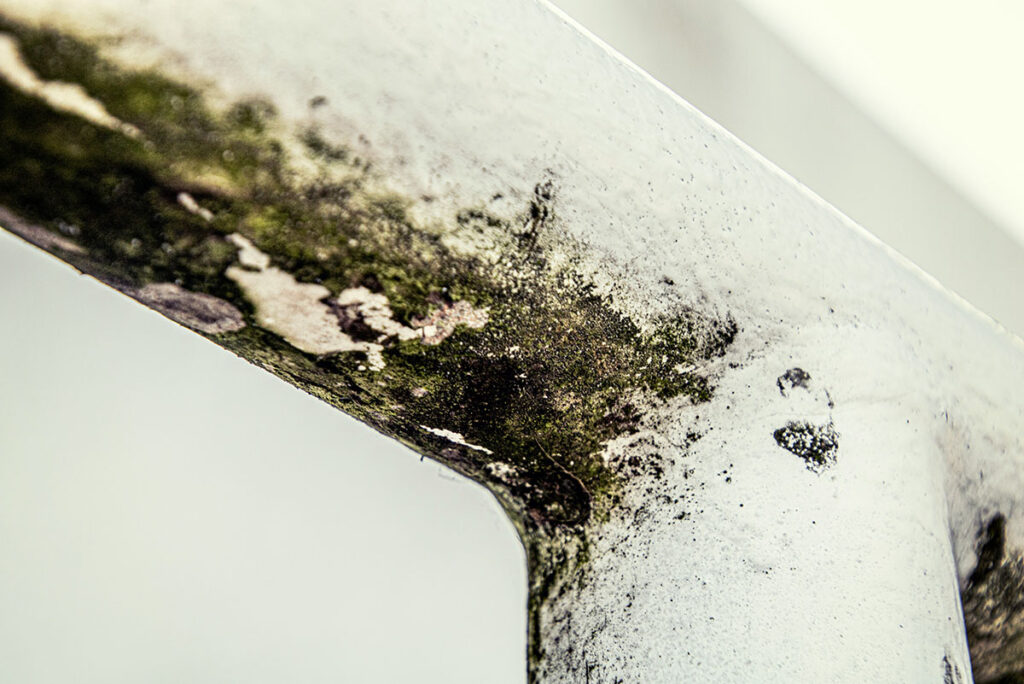ISO 16000-11 Sampling Strategy for Microorganisms in Indoor Air
The ISO 16000 series of standards provides a comprehensive framework for monitoring and assessing indoor air quality. Among these, ISO 16000-11 Sampling Strategy for Microorganisms in Indoor Air focuses on the methodologies and strategies required to accurately sample microorganisms present in indoor air.
This standard is particularly relevant in sectors such as healthcare, education, commercial buildings, and residential properties where maintaining high air quality standards can significantly impact occupant health and comfort. The scope of ISO 16000-11 covers the planning, execution, and analysis phases of sampling for microorganisms like bacteria, fungi, and other airborne pathogens.
The standard emphasizes the importance of selecting appropriate samplers based on specific environmental conditions such as temperature, humidity, and particle size. It also details how to ensure that samples are collected under controlled conditions to minimize contamination risks. Compliance with ISO 16000-11 ensures that organizations meet regulatory requirements set by various national standards bodies.
For quality managers responsible for indoor air quality in healthcare settings, adhering to this standard helps maintain stringent hygiene protocols necessary for patient safety and staff wellbeing. Similarly, compliance officers working within educational institutions can use ISO 16000-11 to demonstrate due diligence in protecting students' health from potential airborne pathogens.
R&D engineers involved in developing HVAC systems benefit greatly from understanding the recommendations outlined in this document since they help optimize system designs for better microbial reduction capabilities. Procurement teams looking into purchasing air sampling equipment can rely on ISO 16000-11 as a benchmark for evaluating supplier offerings.
Understanding the nuances of ISO 16000-11 is crucial because it provides a structured approach to ensuring accurate and reliable measurements of microorganisms in indoor environments. This leads to more informed decision-making regarding necessary interventions aimed at improving air quality.
- Planning: Establish objectives, identify sampling locations, determine frequency of sampling.
- Execution: Select appropriate sampling devices, ensure proper calibration and operation.
- Analysis: Interpret results according to specified criteria.
The use of standardized procedures ensures consistency across different studies and facilities, enhancing comparability between datasets generated by various entities. This is especially important when conducting comparative evaluations or benchmarking against industry best practices.
In summary, mastering the intricacies of ISO 16000-11 enables stakeholders to implement effective strategies for managing microorganisms in indoor air effectively. By doing so, they contribute towards creating healthier living and working spaces that promote better overall well-being among occupants.





